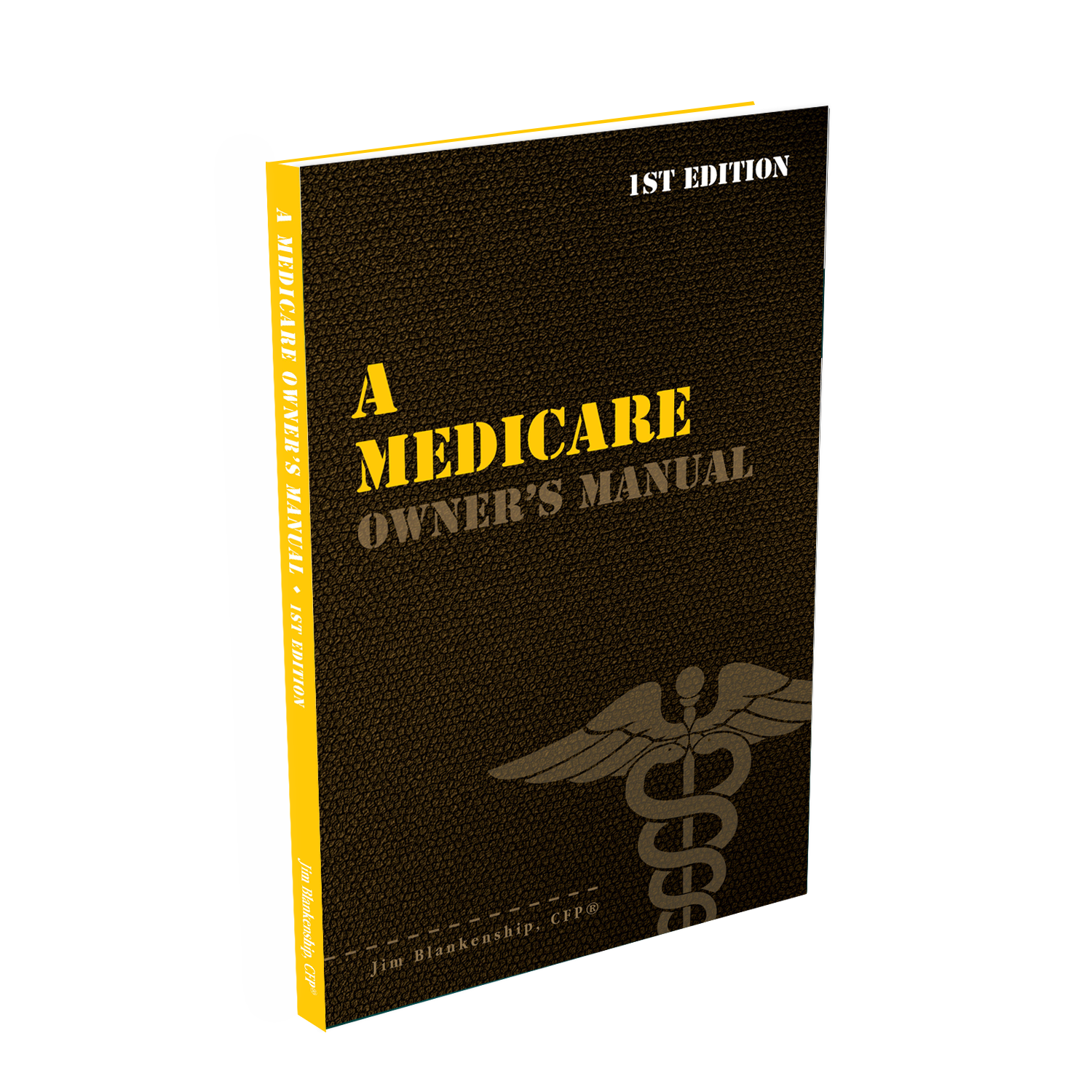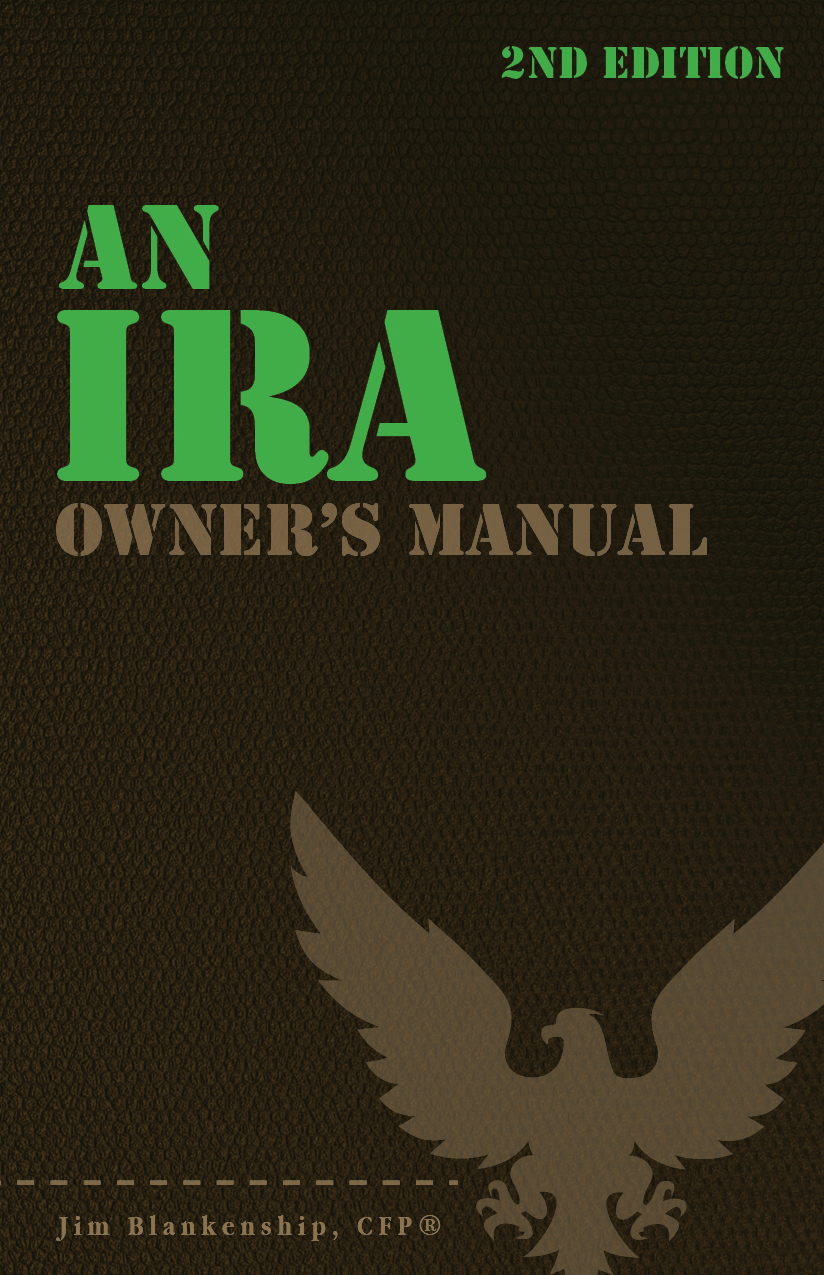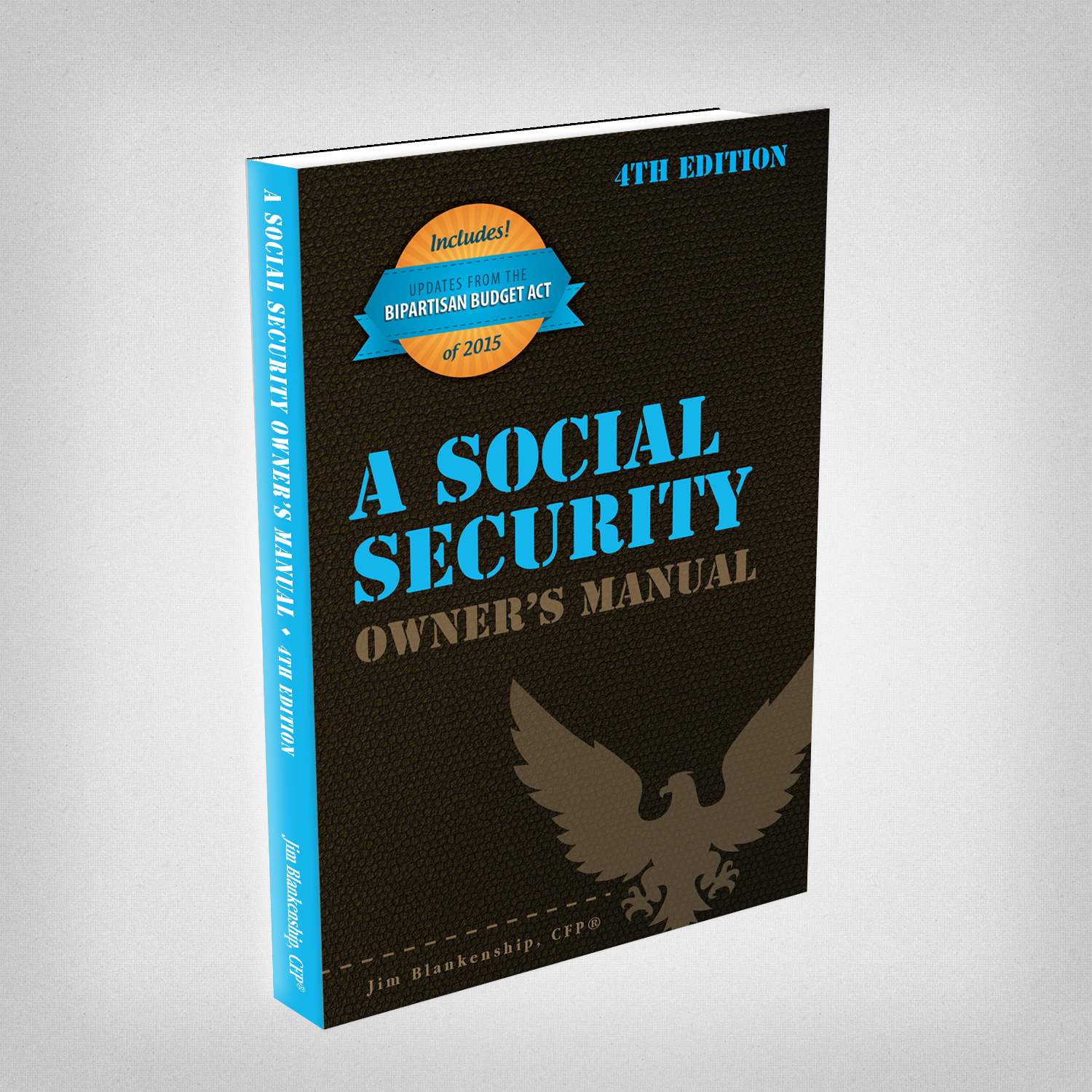 |
With the real estate market beginning to turn around a bit, many people are buying new homes and selling their old homes. Recently the IRS published their Summertime Tax Tip 2012-14, which outlines several tips you should be aware of when selling a home.
The actual text of the Tax Tip is presented below:
Ten Tax Tips for Individuals Selling Their Home
The Internal Revenue Service has some important information for those who have sold or are about to sell their home. If you have a gain from the sale of your main home, you may be able to exclude all or part of that gain from your income.
Here are 10 tips from the IRS to keep in mind when selling your home.
1. In general, you are eligible to exclude the gain from income if you have owned and used your home as your main home for two years out of the five years prior to the date of the sale.
2. If you have a gain from the sale of your main home, you may be able to exclude up to $250,000 of the gain from your income ($500,000 on a joint return in most cases).
3. You are not eligible for the full exclusion if you excluded the gain from the sale of another home during the two-year period prior to the sale of your home.
4. If you can exclude all of the gain, you do not need to report the sale of your home on your tax return.
5. If you have a gain that cannot be excluded, it is taxable. You must report it on Form 1040, Schedule D, Capital Gains and Losses.
6. You cannot deduct a loss from the sale of your main home.
7. Worksheets are included in Publication 523, Selling Your Home, to help you figure the adjusted basis of the home you sold, the gain (or loss) on the sale, and the gain that you can exclude. Most tax software can also help with this calculation.
8. If you have more than one home, you can exclude a gain only from the sale of your main home. You must pay tax on the gain from selling any other home. If you have two homes and live in both of them, your main home is ordinarily the one you live in most of the time.
9. Special rules may apply when you sell a home for which you received the first-time homebuyer credit. See Publication 523, Selling Your Home, for details.
10. When you move, be sure to update your address with the IRS and the US Postal Service to ensure you receive mail from the IRS. Use Form 8822, Change of Address, to notify the IRS of your address change.
For more information about selling your home, see Publication 523, Selling Your Home. This publication is available at IRS.gov or by calling 800-TAX-FORM (800-829-3676).



 Sterling Raskie, MSFS, CFP®, ChFC®
Sterling Raskie, MSFS, CFP®, ChFC® The latest in our Owner’s Manual series, A 401(k) Owner’s Manual, was published in January 2020 and is available on
The latest in our Owner’s Manual series, A 401(k) Owner’s Manual, was published in January 2020 and is available on  A Medicare Owner’s Manual, is updated with 2020 facts and figures. This manual is available on
A Medicare Owner’s Manual, is updated with 2020 facts and figures. This manual is available on  Social Security for the Suddenly Single can be found on Amazon at
Social Security for the Suddenly Single can be found on Amazon at  Sterling’s first book, Lose Weight Save Money, can be
Sterling’s first book, Lose Weight Save Money, can be  An IRA Owner’s Manual, 2nd Edition is available for purchase on Amazon. Click the link to choose the
An IRA Owner’s Manual, 2nd Edition is available for purchase on Amazon. Click the link to choose the  Jim’s book – A Social Security Owner’s Manual, is now available on Amazon. Click this link for the
Jim’s book – A Social Security Owner’s Manual, is now available on Amazon. Click this link for the  And if you’ve come here to learn about queuing waterfowl, I apologize for the confusion. You may want to discuss your question with Lester, my loyal watchduck and self-proclaimed “advisor’s advisor”.
And if you’ve come here to learn about queuing waterfowl, I apologize for the confusion. You may want to discuss your question with Lester, my loyal watchduck and self-proclaimed “advisor’s advisor”.
“4. If you can exclude all of the gain, you do not need to report the sale of your home on your tax return.”
That makes sense. But when the seller receives a 1099-S, the sale needs to be reported on Form 8949 and Schedule D.
Thanks – great point, Clyde!
jb